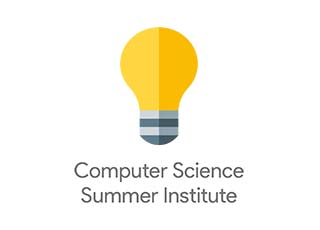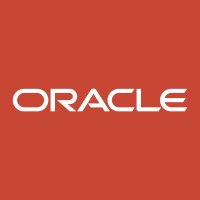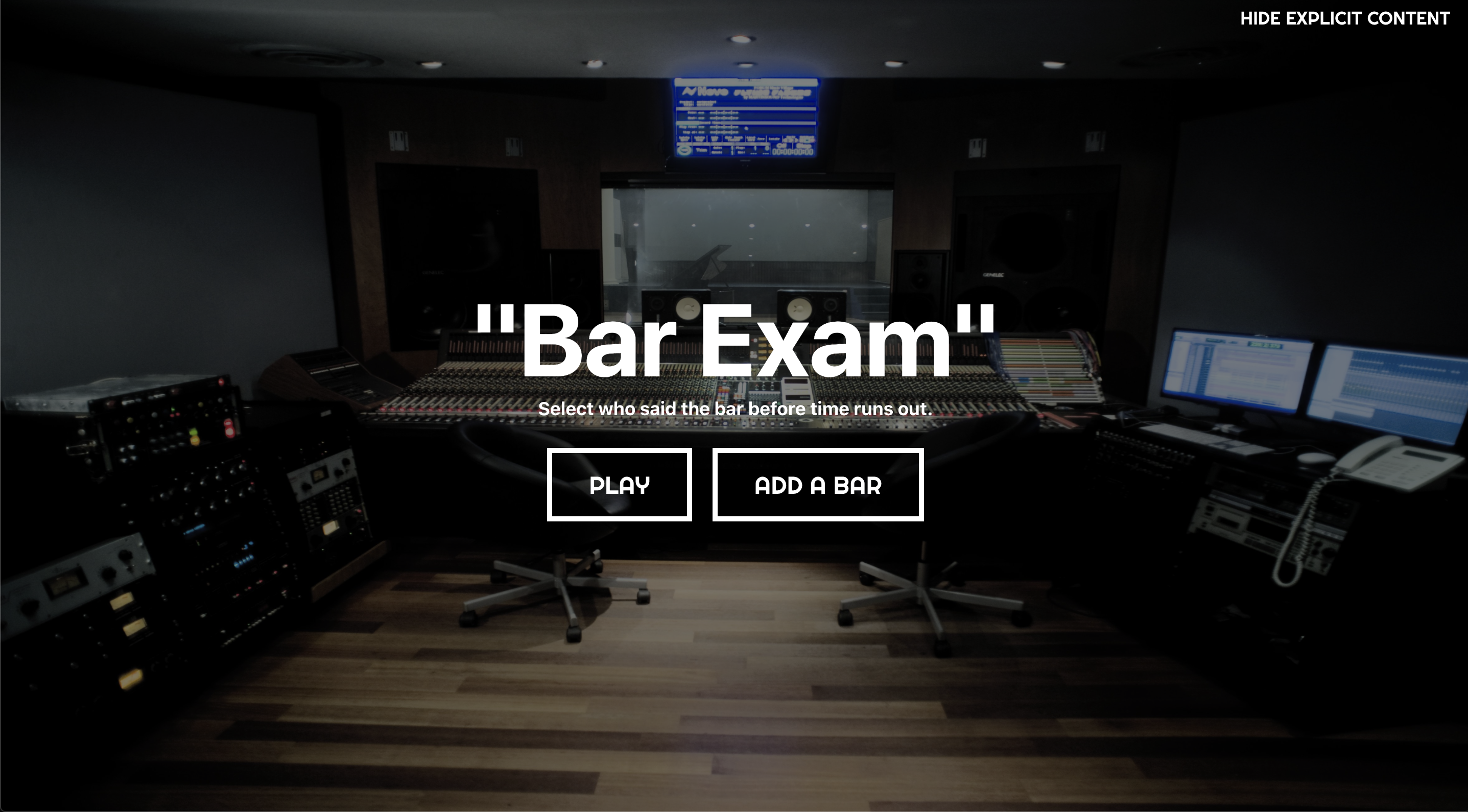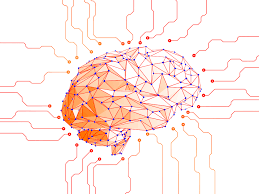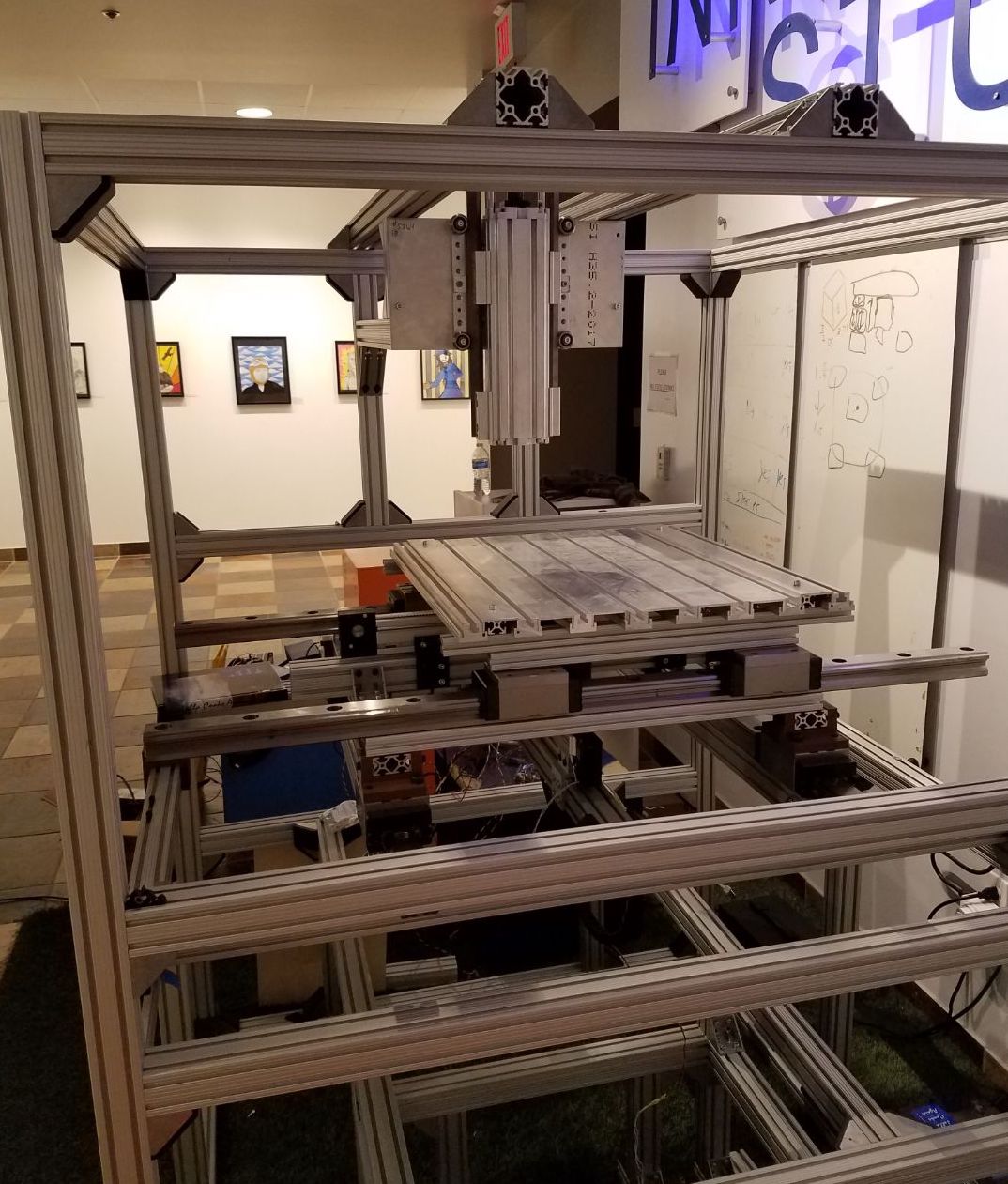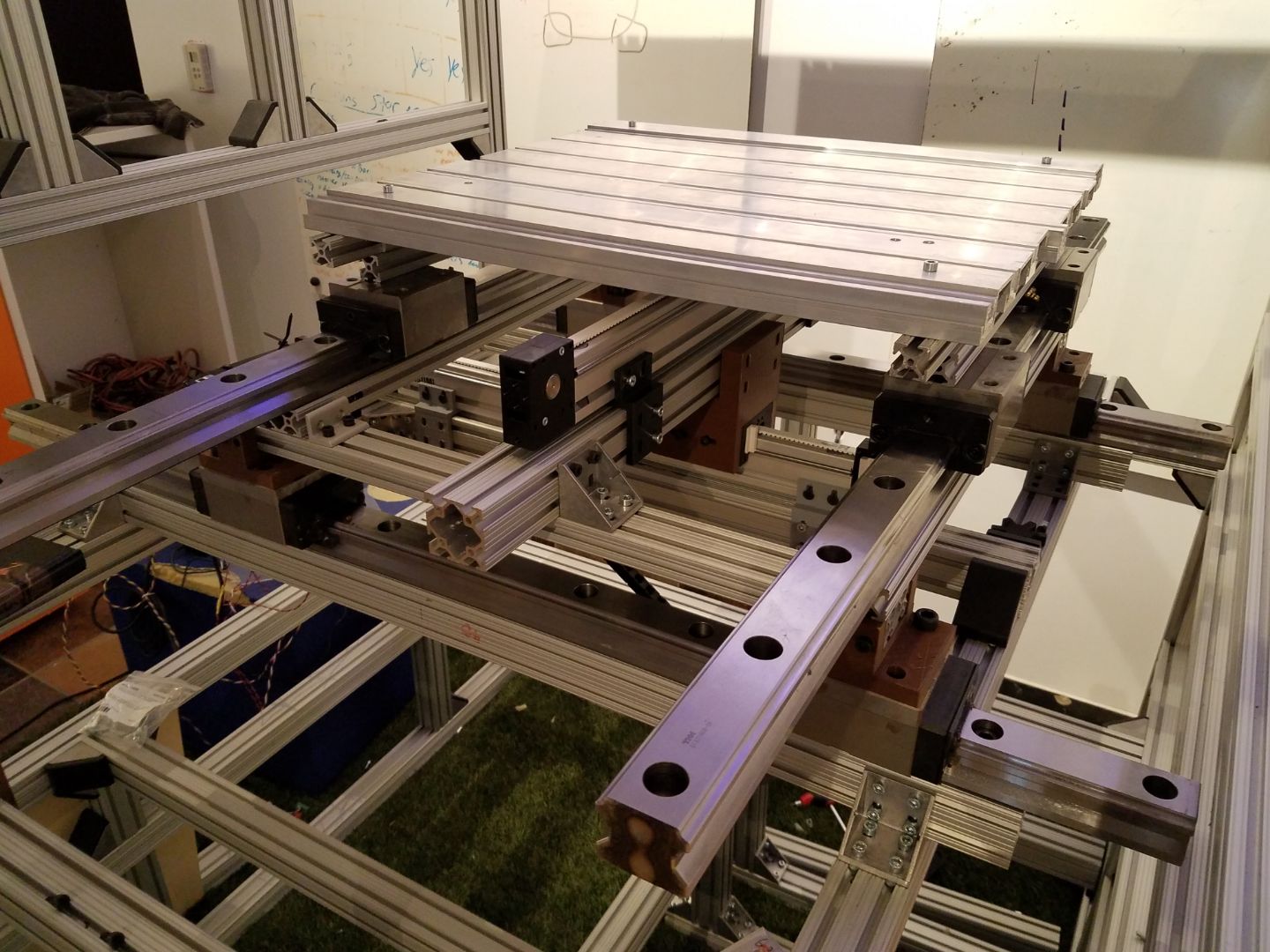
Nicholas Clark
Carnegie Mellon University School of Computer Science
I’m an enthusiastic Computer Science student with an unwavering passion for science and technology. A self-motivated individual, with strong interpersonal skills along with theoretical and hands-on experiences that qualify me as a valuable asset in a Software Engineering Internship role. I have a tremendous work ethic, evidenced by my unique balance between rigorous academic studies, previous work experiences, hackathon competitions, and personal projects developed over the course of many years. Leveraging my problem-solving abilities, utilizing proficiencies in a variety of programming languages including Java, C, Python and others, I’ve successfully collaborated in developing various software solutions for both small and large organizations. I’m committed to adding value to visionary organizations that share a commitment in developing future technologists while valuing their unique contributions to organizational objectives.
Responsibilities
Participate in a 4-week intensive Computer Science curriculum for high achieving students, taught by google engineers. A final project was created in a group of two, exercising remote development skills due to a 9 hour time difference. The final projet (Multiplayer Pacman) demonstrated our groups previous knowledge combined with the new concepts learned in the previous three weeks.
Learning Outcome
Lesson plans and daily coding practices were done using p5.js
Responsibilities
Assigned to a three person team, we were challenged with devising a software solution that would alleviate unnecessary bottleneck access to the Gordon Supercomputer network. Located on the campus of the University of California San Diego, delays associated with accessing this resource, limits important investigative research and experimentation from research scientists from around the world.
Learning Outcome
The team approach to resolving issues associated with the Support Ticket Response System, introduced me to the Software Development Life Cycle [SDLC] within an Agile Development environment. In the process of delivering code on a daily basis, I gained valuable insight into Continuous Integration / Continuous Development [CI/CD] as well as the importance of incorporating Unit Testing throughout the process. In addition, I gained invaluable insights into a variety of Machine Learning [ML] modeling as well as their applications. This area of technology is of particular interest as my college studies will continue to explore developments in these areas through classroom discussions and specialized research opportunities.
Responsibilities
Provided physician assistance and observations during eye surgical procedures.
Learning Outcome
This experience opened my eyes to the unique intersection between biological science, technology, and human interactions. I was fortunate to witness an end-user's complete confidence and reliability of an automated surgical piece of equipment during surgical procedures. On each occasion, my eyes opened wider to the realization of the many people, process and procedures that had to happen to make these experiences successful. Although this opportunity wasn't a hands-on software development experience, it has reassured my understanding that delivering reliable software solutions have consequences and contributes significantly to their overall user experience.
Responsibilities
As a sixth grade student, participating in an after-hours Java programming curriculum with the Wintriss Technical Schools [now known as The League of Amazing Programmers], I excelled to an Oracle Certified Java Programmer level over the course of two years. As a result, I maintained a relationship with the organization as a Volunteer, and was assigned to support local non-profit organizations requiring technical support. Assigned to develop a software Inventory Management solution for the the San Diego Food Alliance, I designed and implemented a web-based food distribution application. The system proved to be critical in matching perishable food items with GIS [graphical information] with distribution centers most in need for those items.
Learning Outcome
Initially viewed as a cool inventory management system, I quickly realized how delicate and deprived many people are without the support from services like the San Diego Food Alliance. During the implementation of this solution, a Model-View-Controller scheme, Node.JS, Javascript, and CSS were used to build-out an intuitive user interface that was simple to use without the need for extensive training. For managing the back-end inventory storage requirements, a No-SQL MongoDB database was used. In addition to delivering this solution, I continued to provide additional support for an additional year where I performed bug fixes and new feature functionality when required.
Experience
••
•
•
•
•
Overview
The inspriration for this multiplayer online game came from other io games like skribbl.io. With everyone in lockdown and socially distancing, people looked for new ways to connect with friends and family in a fun virtual way. This project aimed to do just that, connect friends and family with a spin on the classic game Pacman. In this multiplayer pacman, groups can create custom games, taking turns controlling pacman and avoiding the other players controlling ghosts.
Background
This project was developed as part of the CSSI final group project. The game utilizes HTML, CSS, JS, p5.js, and the socket.io library.
Overview
Designed as an entertainment application, this program challenges a user's ability to match musical lyrics with its original artist before time expires. The current state of the application allows the user to enter game mode and match lyrical selections from previously populated data models. In addition, the user has an option to contribute to the lyrical repository by imputing lyrics of their choosing. Results of the game are recorded and posted whenever the user fails to correctly match an artist with their lyrics.
Background
This project was developed to enhance my full-stack experiences using React.JS, JavaScript, CSS, MySQL database, API integration, as well as providing a fun and entertaining experience to a user.
Overview
In an effort to assist an AP Computer Science instructor in communicating the binary counting system, I manufactured a tool that counted and projected a visual representation. The system permitted a user to view a decimal value [0-255] with their corresponding binary representation in both an automatic and manual mode. The overall user experience was simple, straight-forward and required little explanation. The device positively contributed to the learning experience of the students and greatly improved letter grades within the next exam cycle. Proving that the work I do can make a difference.
Background
The Binary Counter allowed me to expand upon my experience of developing software code for embedded devices. The system was an electro-mechanical device that utilized a Raspberry Pi micro-controller to process and display data. The electrical components consisted of a Shift Register circuit, 7-Segment Display, LED's [Light Emitting Diodes] and a battery power source. A wiring-harness and plexi-glass fixture were machined to provide a seamless integration and enhance the user's experience.
Overview
The Genetic Learning Library was initially created in an attempt to better understand how a Neural Network by creating networks from scratch. Without the understanding of calculus at the time, I needed a different way to train each network that wouldn’t rely on calculus-heavy algorithms like Backpropagation. The solution I used was a Genetic Algorithm, which allows the Neural Networks to evolve generation by generation in a similar fashion to the way humans evolved over millions of years.
Background
The final solution featured an abstracted Object-Oriented design, allowing for Genetic Algorithm to not only train Neural Networks, but also perform other varius Hill Climbing [Optimization] Machine Learning tasks. The library has been used in some of my smaller scale projects including an Algorithmic Stock Trader, and a Hill Climbing Picture Recreator.
Overview
Invited by my school’s Innovation Laboratory, I was asked to lead a group of students through the design and development of a CNC Milling machine, to be used in a newly developed educational program. A five member team was assembled with rough specifications for a system capable of milling medium-density materials as large as 2ft x 2ft x 2ft in size.
Background
Implementing this solution required extensive research involving power requirements, machining, and environmental concerns. As a result, outside sources were consulted and provided mentorship in the execution of this project. Engineering drawings were created, parts and components were procured from a variety of sources [including overseas providers]. I was challenged with delivering a software solution that integrated CNC g code with motor instructions to ensure that our solution operated efficiently on the X, Y and Z axes. An Arduino Microcontroller with a custom motor shield was selected to manage milling operation and communication activities. To account for the power supply, cooling system, computer integration systems, and allowance for milling materials, the overall dimension of the system consumed a 6ft x 6ft x 6ft area.
Projects
••
•
•
•
Contact Information
Thank you for reviewing my credentials. I welcome the opportunity to discuss my experiences in more detail as well as potential opportunities you may have available at this time. Please be aware that academics consume the majority of my waking hours. However, I am committed to responding to all correspondences in a timely manner.
